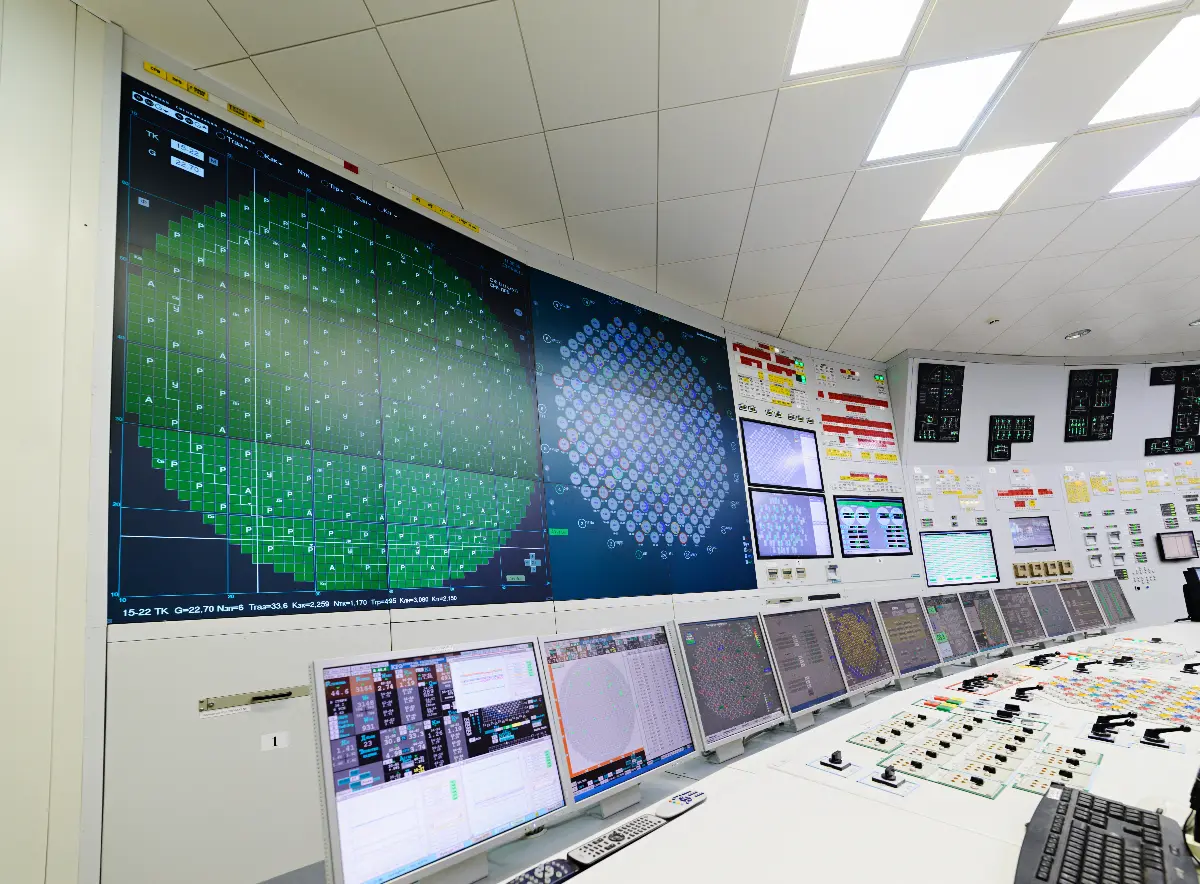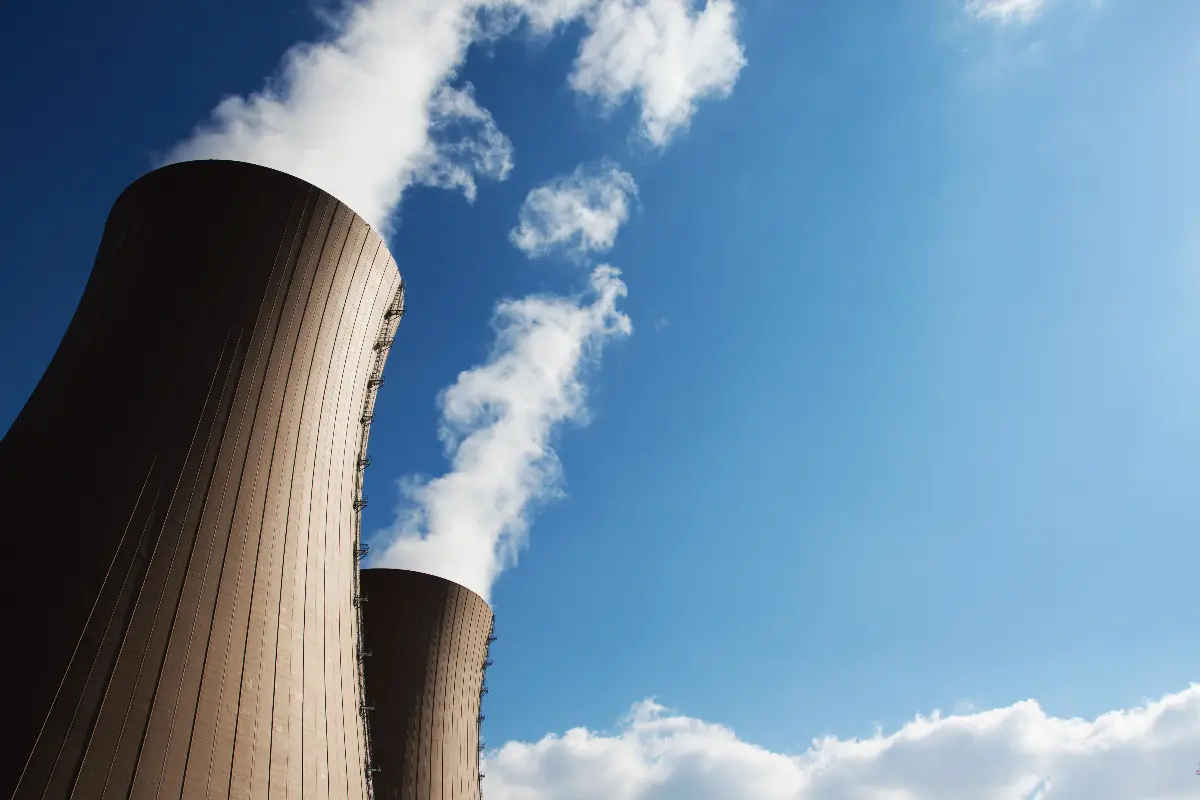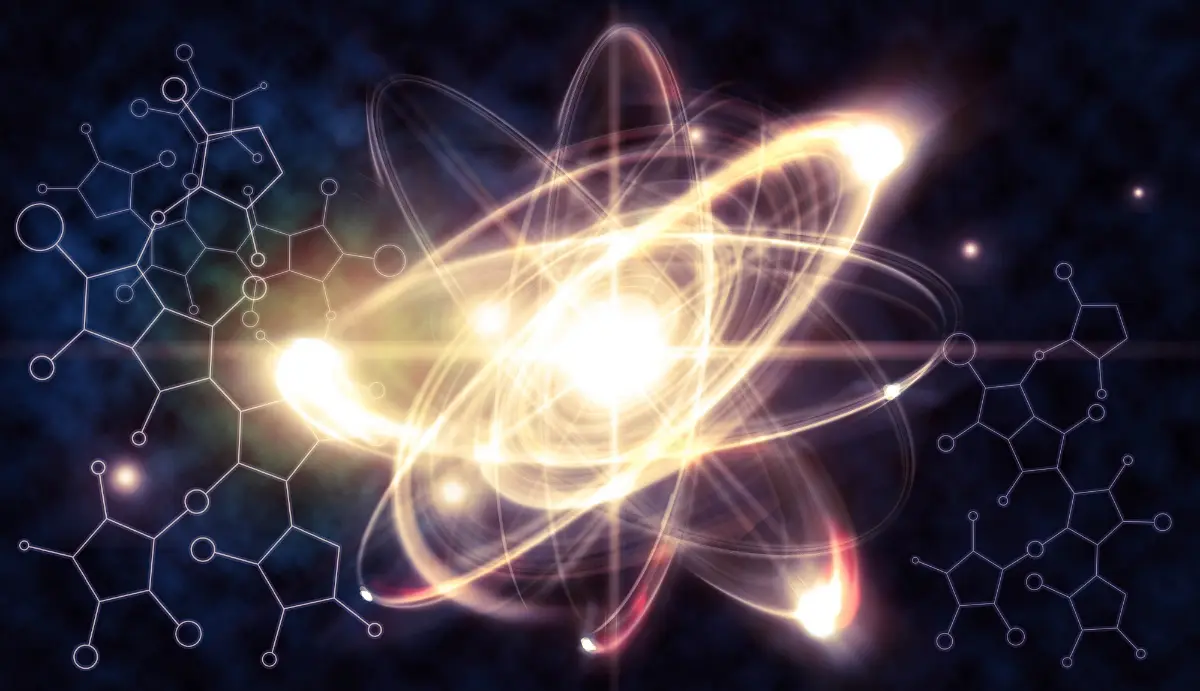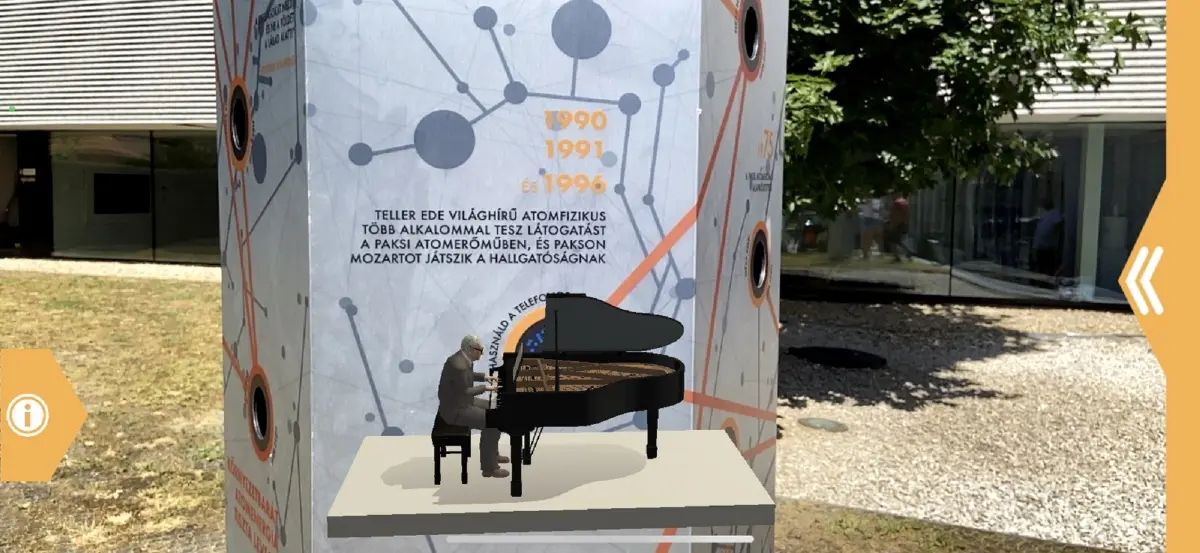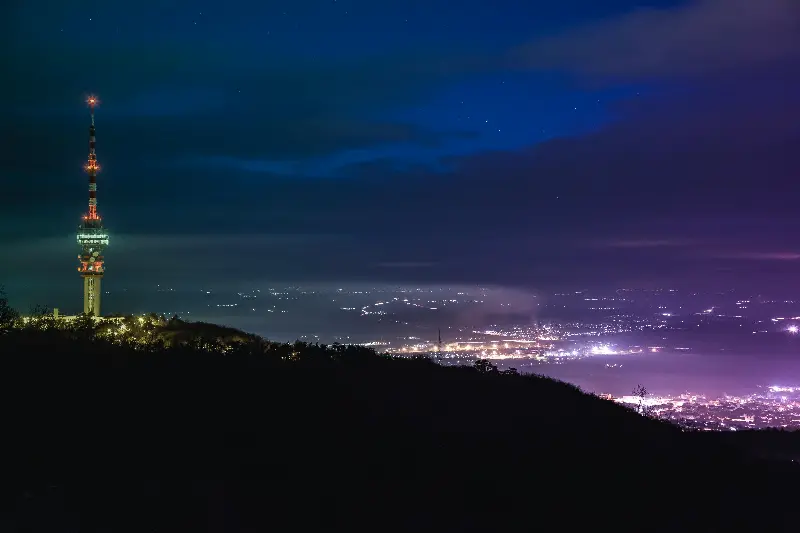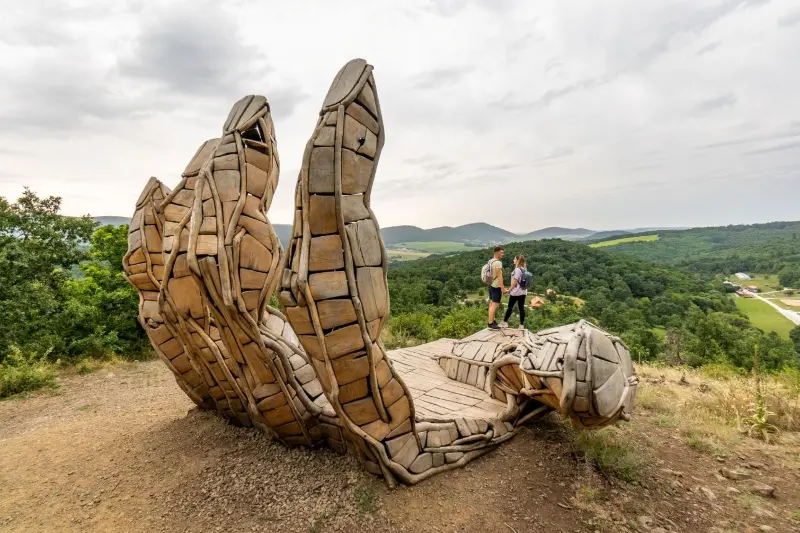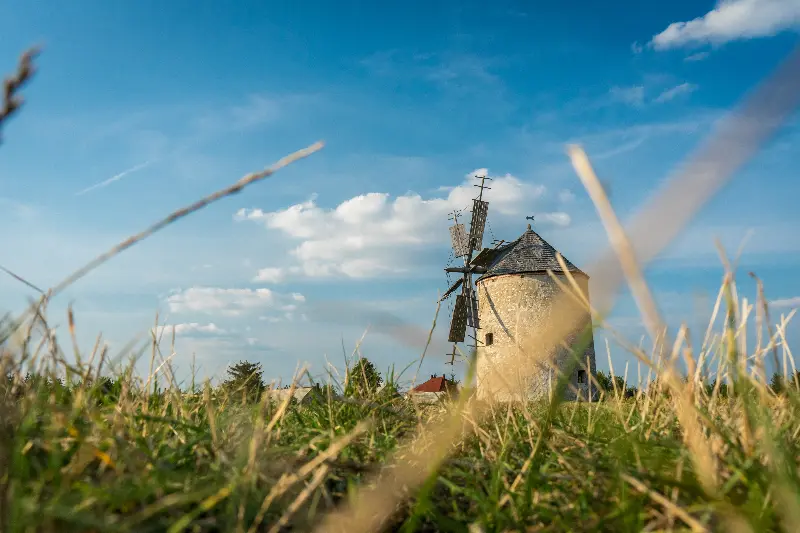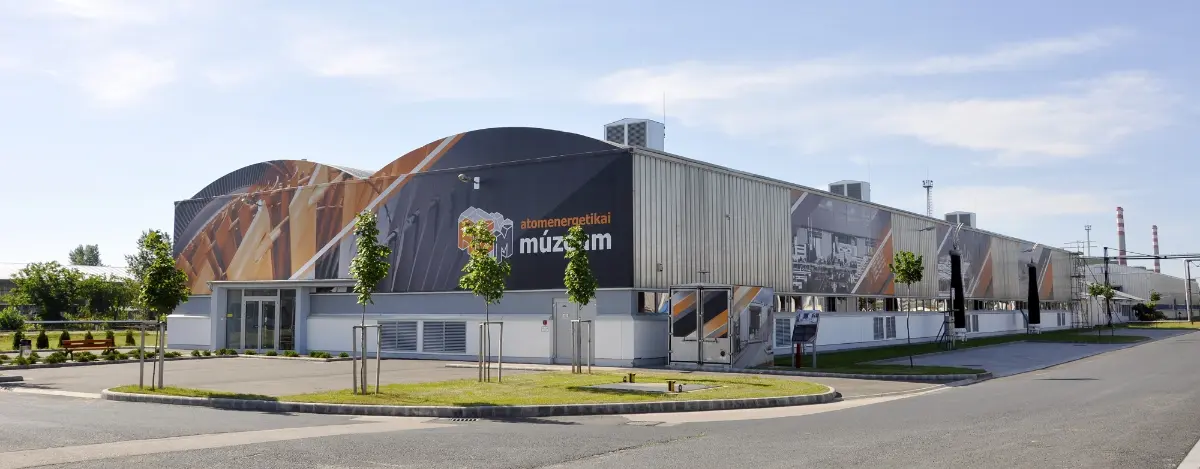
Helyszín címkék:
Everything you wanted to know about nuclear energy
Novitatis
The history of nuclear energy in Hungary is closely linked to the city of Paks: the construction of the “Paksi Atomerőmű” (Paks Nuclear Power Plant) was the largest industrial investment of the 20th century in Hungary, which allowed the Hungarians to enter the “nuclear age”. This gigantic construction and achievement were previously presented by the collection of plant history and is continued by its current successor, the “Atomenergetikai Múzeum” (Museum of Nuclear Energetics) which has been welcoming physics enthusiasts and those interested in nuclear energy in its current form since 2012. The museum's permanent and temporary exhibitions cover an area of more than 2,000 square metres, where visitors can get up close and personal with a range of equipment used in the nuclear power plant, such as the radiation gate, the dosimeter and the screwdriver machine. The museum is open to the public free of charge, but prior registration by e-mail is required.
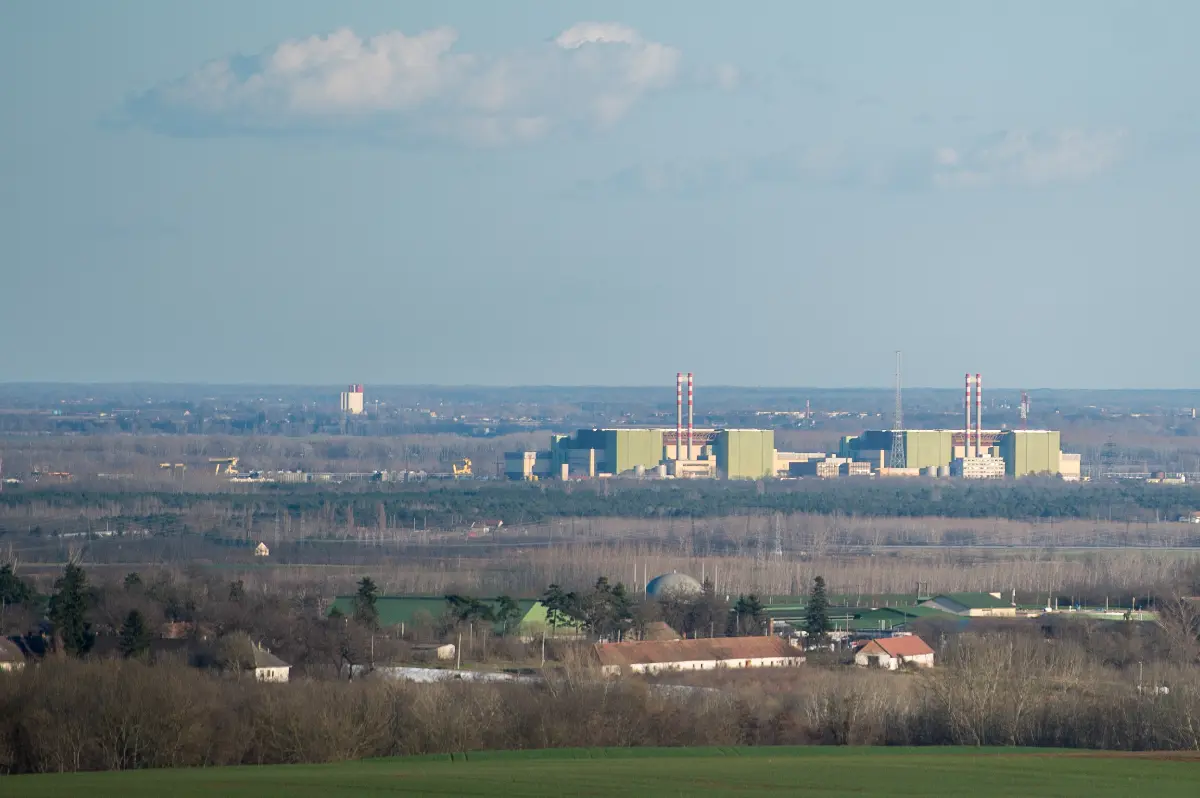
Capsule of knowledge
Several parts of the exhibition use smart technology, such as AR (augmented reality) and VR (virtual reality). As a further reflection of AR technology, they have created their interactive knowledge capsule, which presents the past and present of nuclear energy through AR and digital content. The shape of the hexagonal capsule is even more striking, as it resembles the shape of a fuel cell cassette used in a nuclear power plant. During the COVID-19 restrictions, museum staff have also been busy: a virtual tour of part of the exhibition has been made available on the museum's website, and several exhibits have been 3D modelled to allow for an online experience. Content like this is constantly updated and is available on the museum's website and Facebook page. We do advise checking them.
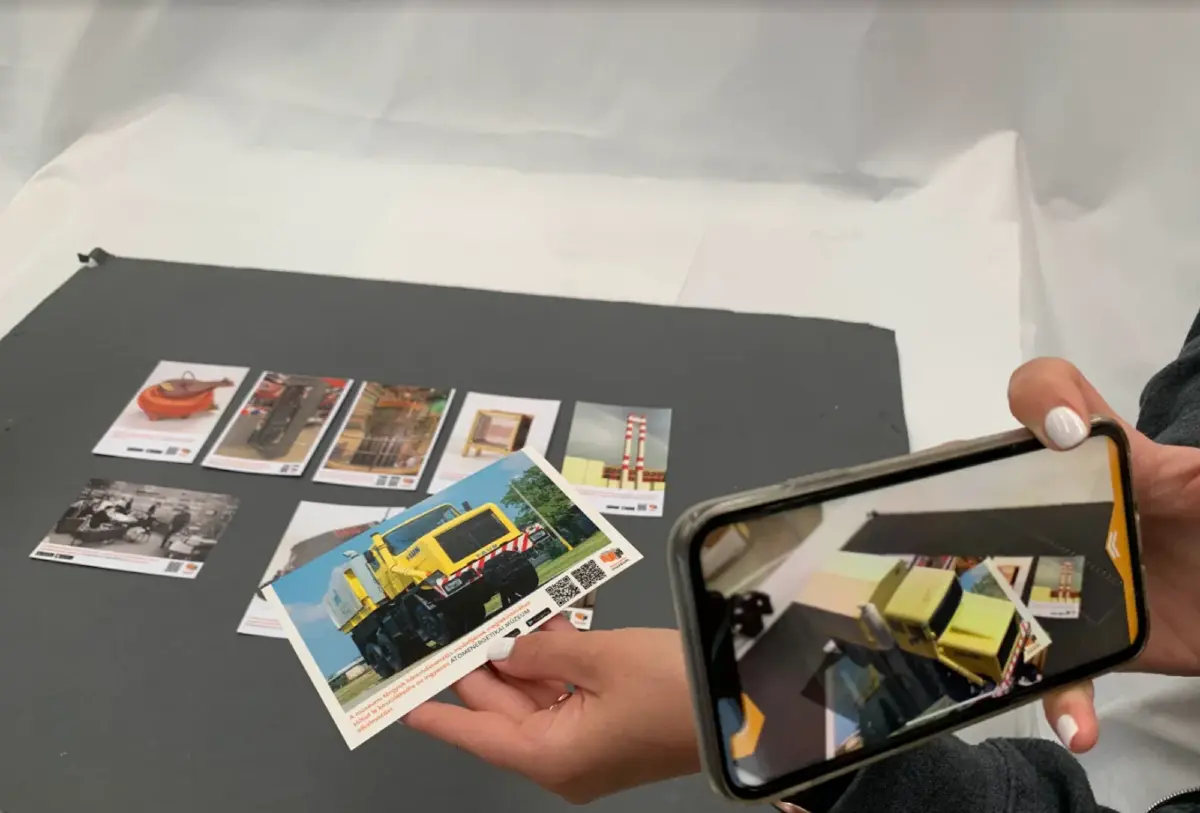
It can impress everyone from pre-schoolers to the very old
The museum's programmes are designed to consider the needs of all generations, offering visitors a real extended family experience. There are also guided tours for pre-registered groups and you can even join a special museum education programme, called the Physics Show, which brings visitors closer to the wonders of physics. The Physics Show presents spectacular new and interesting facts for all ages, so the whole family should participate. Spectacular experiments can help you learn about the “power of air”, the laws of gases, or how materials change when exposed to heat.
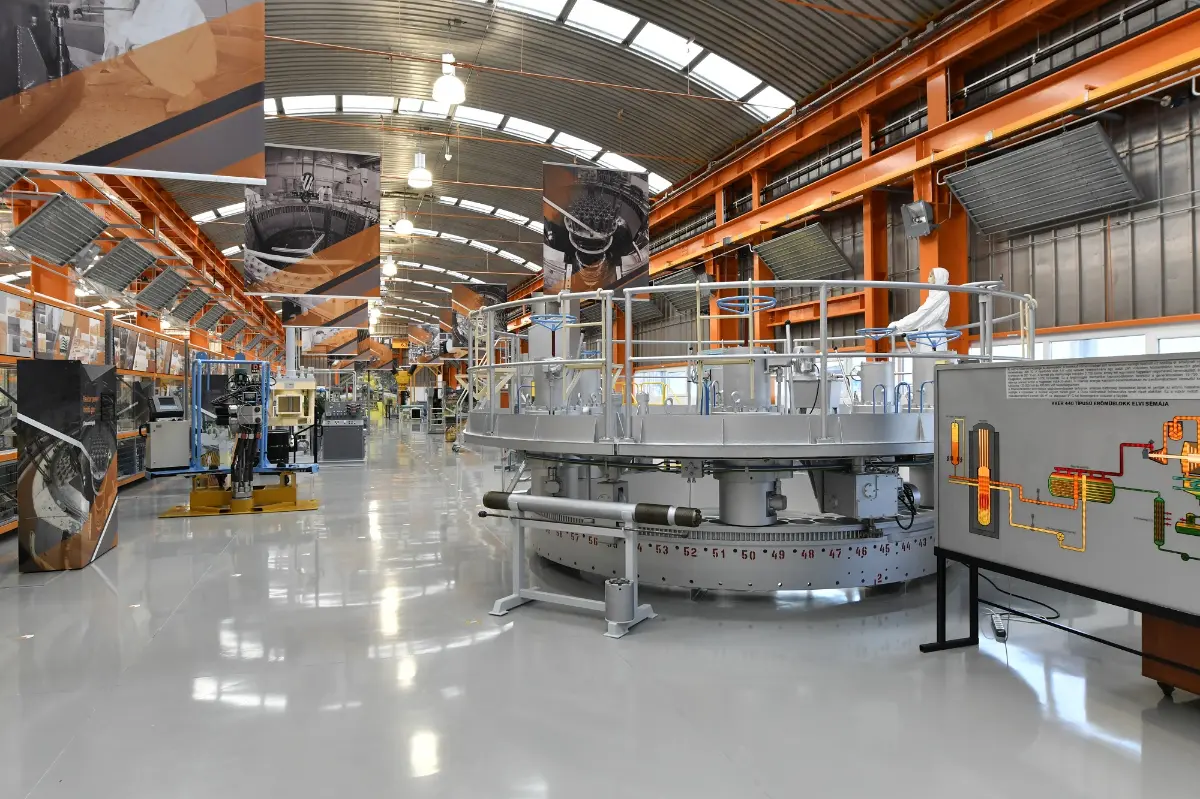
On Youtube
The museum has also created its own interactive storybook, where young children can learn how electricity is made and other interesting things that can happen in a nuclear power plant. Playful visitors can even get an insight into nuclear power plant construction through the museum's own online building game. And for older children, we recommend the museum's YouTube channel, where you can get a glimpse of the history of the nuclear power plant and exciting experiments, so everyone can arrive well-prepared to explore the exhibition.
Even more programmes
The museum also regularly participates in the “Múzeumok Éjszakája” (Night of Museums), the “Múzeumok Majálisa” (May Day of Museums) and the “Őszi Fesztivál” (Autumn Festival of Museums) with exciting, interactive programmes, so they are worth keeping an eye on all year round. All in all, if there are curious little ones (or older ones) in the family, it is worth visiting the “Atomenergetikai Múzeum” (Atomic Energy Museum) and its programmes, you will be surprised how much knowledge you can learn in a few hours in such a playful way.
